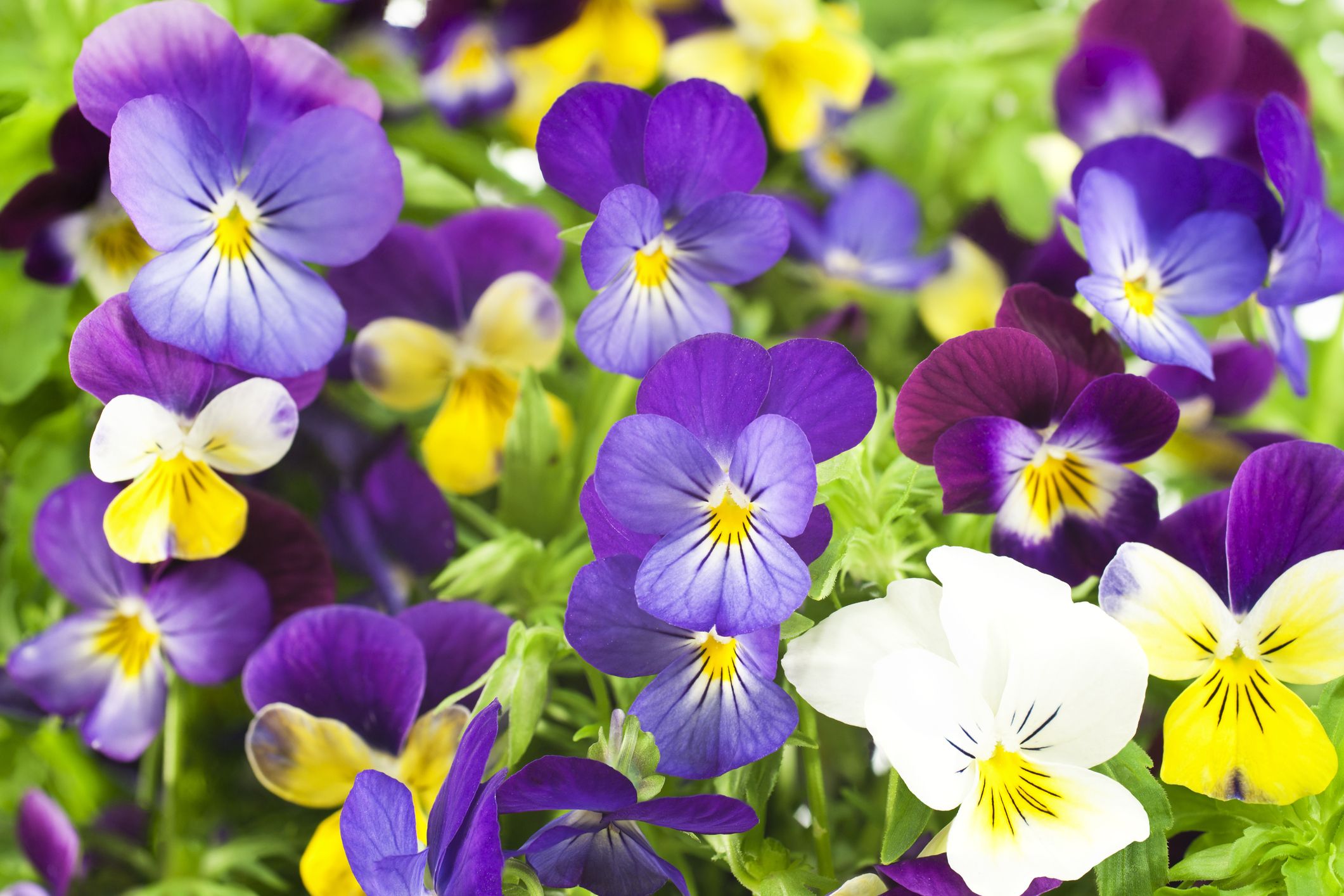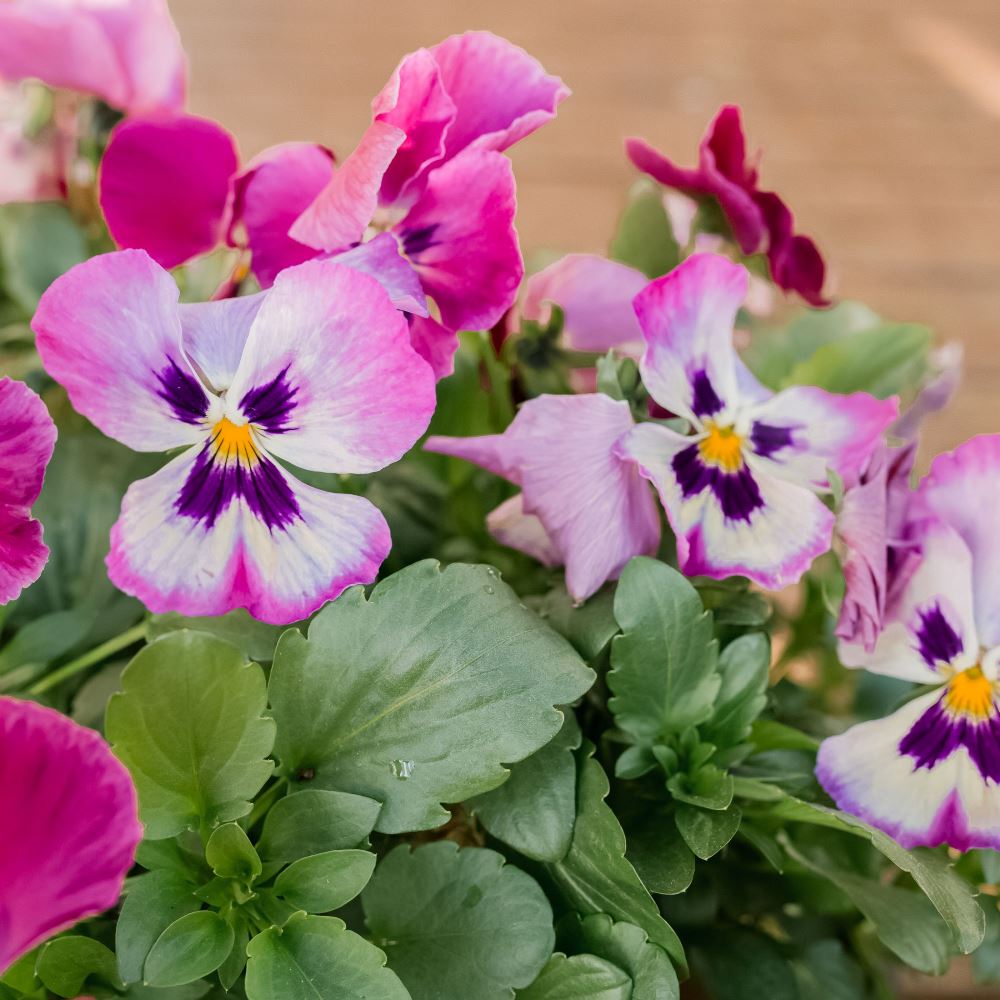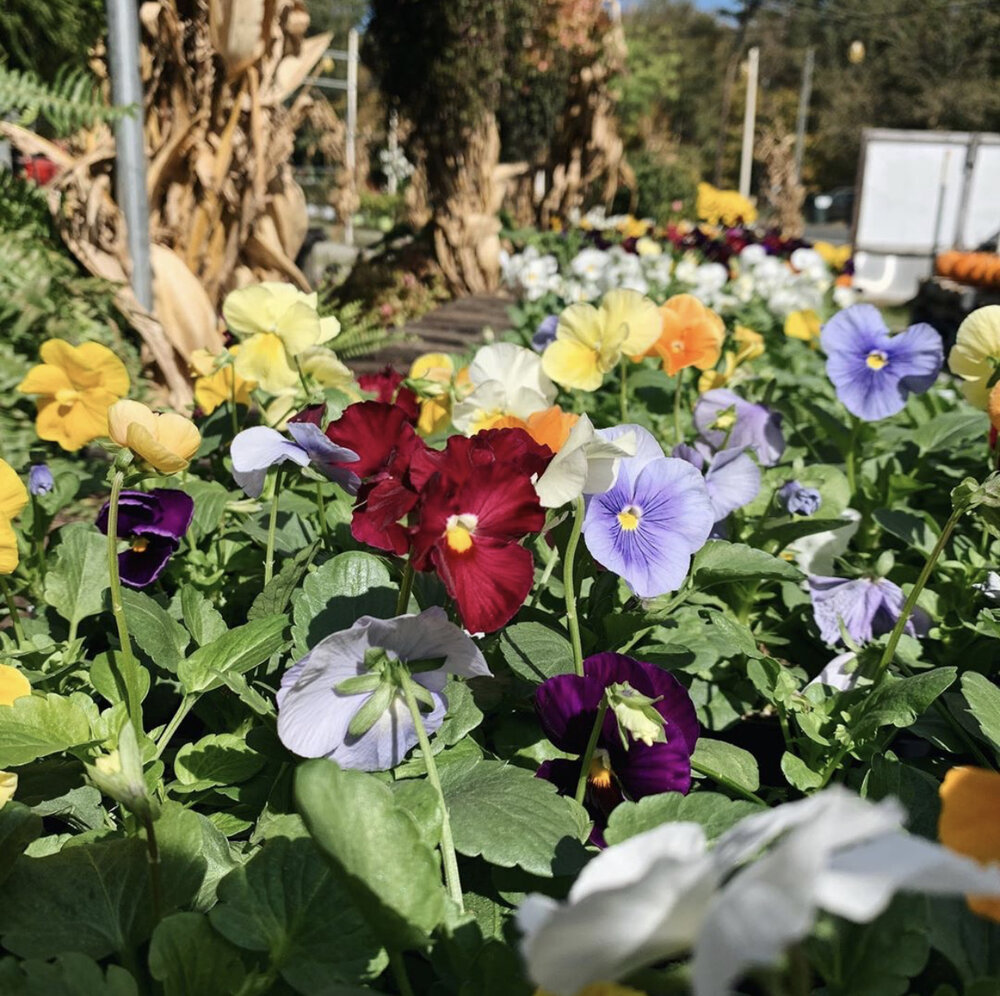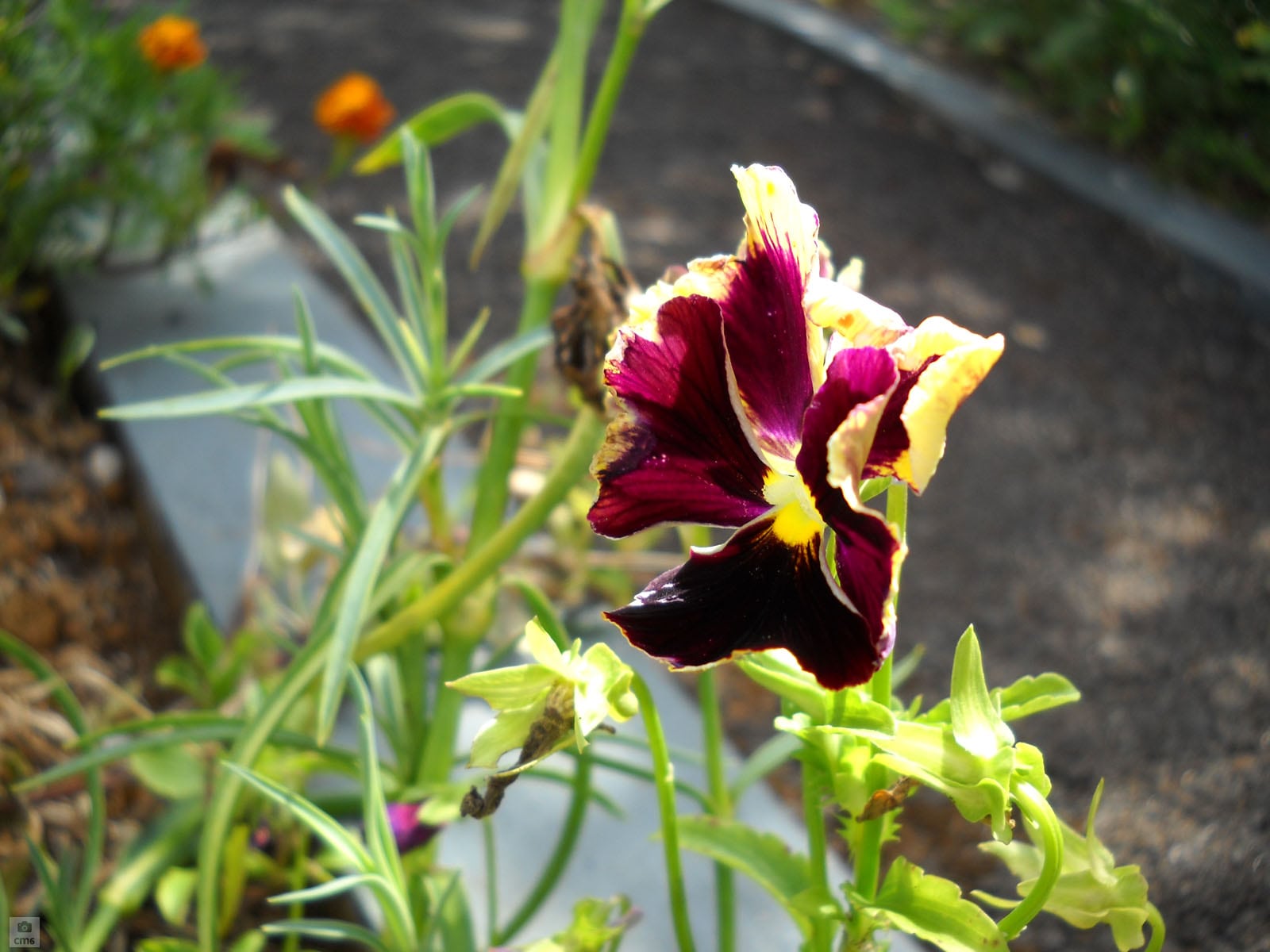
Pansy flowers are a hybrid of Viola tricolor and other plants. They naturally interbred in northern Europe and are recognized scientifically as Viola tricolor var. hortensis. There are already a great number of different forms of this plant, each with its own size and color variations. Furthermore, it is widely recognized in the gardening industry for its lovely blossoms.
Pansy flowers are excellent for putting near the base of bushes because they inhibit weed growth. You will most likely decide to plant it after considering these factors. In this post, you’ll learn how to care for pansy flowers, as well as their major qualities, pests, and diseases.
Characteristics of Pansy Flowers

To understand how to care for pansy flowers, you must first understand the features that set them apart from other plants:
- If properly cared for, it is a perennial plant.
- It is a biennial flower, meaning that it produces leaves the first year and blooms the second.
- It has edible blooms.
- Pansy flowers are mainly seen in the fall. Flowering can last well into the spring in highly hot areas.
- The plant functions well as a natural hedge.
- Domestication of these flowers began two centuries ago, between the years 1820 and 1830.
Pansy Care

To develop, generate leaves, and bloom, pansy flowers require a variety of important care. It is critical to meet all of your vital demands in order to maintain excellent health. The following are some of them:
Light, Climate and Location
Do you have any doubts regarding whether pansy flowers grow in the sun or in the shade? When travelling Northern Europe, they can survive a wide range of temperatures, from the warmest to the coldest, though not in an unduly harsh manner. It is a sun plant since it requires a lot of sunshine and must be placed in bright regions.
In really hot climes, however, it is best to place it in semi-shaded places to avoid the most intense hours of sunshine. Pansy flowers are highly recommended for covering different spaces in your garden because of their capacity to withstand the cold and prevent the growth of weeds.
Watering Pansies
One of the most important needs of the plant is to keep the soil hydrated. In any case, avoid floods since disproportionate irrigation would result in an excess of water in the roots, weakening or sickening them.
The plant requires frequent watering two to three times each week during flowering. To precisely determine the irrigation frequency, everything will rely on the soil and the environment in which it is located.
Substrate and Fertilizer for Pansy Flowers
Pansy blooms require nutrient-rich soil. Use organic fertilizer for the soil when planting them in the autumn; this will ensure that they last for three months. Following that, you’ll need to add extra organic fertilizer.
Earthworm humus is a good organic fertilizer for this plant. Its nutrient contribution and composition are extremely beneficial to pansy flowers as well as the soil.
Pruning Pansies
When the warmest season of the year occurs, which usually coincides with the months after blossoming, the plant loses the vitality that its flowers transmit. It will die at this point if it does not given the appropriate care.
Pruning the plant vigorously will prevent the flower from dying and preserve the pansies in the summer. Only remove the stem when the temperature rises.
Pests and Diseases of Pansies

To fully understand how to care for pansy flowers, you must first understand the pests and illnesses that most commonly impact the plant:
- Aphids are one of the most serious problems it faces. These insects strike frequently, putting the health of the pansy flower in jeopardy. Use natural and homemade insecticides like onion or garlic infusions, chamomile, and wormwood to combat it. You can also use potassium soap or Neem oil.
- Powdery mildew is one of the most deadly fungus that commonly harm pansy flowers. On the stems and leaves, they appear as white or gray-toned dots. Home treatments for powdery mildew, such as chamomile or garlic, can be used to combat this fungus.






